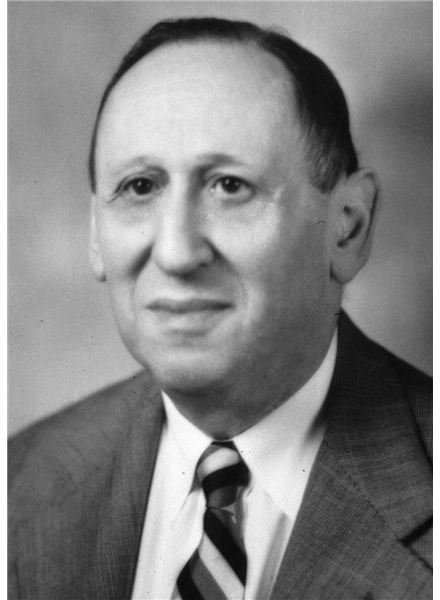Leo Kanner and Autism: Insight into Leo Kanner Autism
What is Leo Kanner Autism?
“Auto” means self and “autism” literally means into oneself. Although the term had previously been used in reference to schizophrenia, Dr.Kanner was the first to use it to describe children who were nonverbal and appeared to avoid social contact. Leo Kanner autism is also known as “classical autism” or “infantile autism” to differentiate it from the milder asperger form where individuals typically have normal or above average intelligence. Leo Kanner developed the first academic child psychiatry department (at Johns Hopkins Hospital in Maryland) and wrote the first textbook in English devoted to the psychiatric problems of children. His book- Child Psychiatry - was published in 1935 and greatly influenced the view of autism as a severe behavioral disorder resulting from biological, environmental and psychological aspects in the child’s early life.
Leo Kanner Autism Classification
According to the authors of The Autism Matrix (Eyal, Hart, Oncular, Oren & Rossi, 2010), Leo Kanner first wrote in 1949 that autism classification should not focus on the origin or cause but on practical educational and clinical possibilities. But he later changed his mind, claiming that the therapeutic cart should not be placed before the diagnostic horse.
Several different theorists contributed to the evolving diagnostic criteria for infantile autism. Leo Kanner focused on symptoms of stereotypy and aloofness (such as lack of eye contact, spinning, hand-flapping and non-responsiveness) as essential criteria for making the diagnosis. Kanner considered autism a rare disorder typically affecting children of highly intelligent parents who were emotionally cold. He considered motor skills as a possible strength, although he was concerned with repetitive motor actions.
Although, Kanner did recognize that there was some biological basis to the autistic child’s social withdrawal, it was the psychologist Bernard Rimland, himself a parent of an autistic child who stressed the biological basis for autism and that parenting style had nothing to do with the cause. Theorists Eric Schopler and Ole Ivar Lovaas viewed many autism symptoms such as self-injurious behavior as treatable with behavior modification and therefore, not to be included as a diagnostic criteria. Autism expert Lorna Wing added that Kanner’s autism criteria based on a profound lack of affective contact and repetitive, ritualistic behaviors did not take into consideration the possible distinctions to be made in how children relate:
- toward other children
- toward adults
- with physical contact without speech
- passively but in a friendly way
- with inappropriate social approach
Views of what constituted autism further evolved as occupational therapist A. Jean Ayres focused on the sensory motor deficits that impacted the autistic child’s functional and learning abilities and the diagnostic criteria became so generalized as to include high functioning children with Asperger’s syndrome as well as those with mental retardation. Leo Kanner autism as a rare disorder holds little in common with today’s prevalent autism spectrum disorders.
Leo Kanner’s Contributions
Kanner removed the autism disorder from a mental illness classification. It would no longer be confused with childhood schizophrenia. He also removed it from the realm of mental retardation. He considered it rare and that these children could be cured with treatment. This viewpoint removed parental stigma experienced when told their child was ‘mentally retarded’. Leo Kanner gave them hope.
As the deinstitutionalization movement of the 1960s and 70s grew (and parents were given early intervention and special education supports for the children they raised at home) parent involvement and advocacy expanded, bringing increased awareness and fund raising to find a cure.
References
“Autism: A comprehensive Occupational Therapy Approach”; Heather Miller Kuhaneck & Renee Watling; 2010.
“The Autism Matrix”; Gil Eyal, Brendan Hart, Emine Oncular, Neta Oren & Natasha Ross; 2010.
https://www.mugsy.org/wing.htm
https://www.autism-resources.com/autismfaq-hist.html
Picture credit: Image released into the public domain - author: Johns Hopkins University
